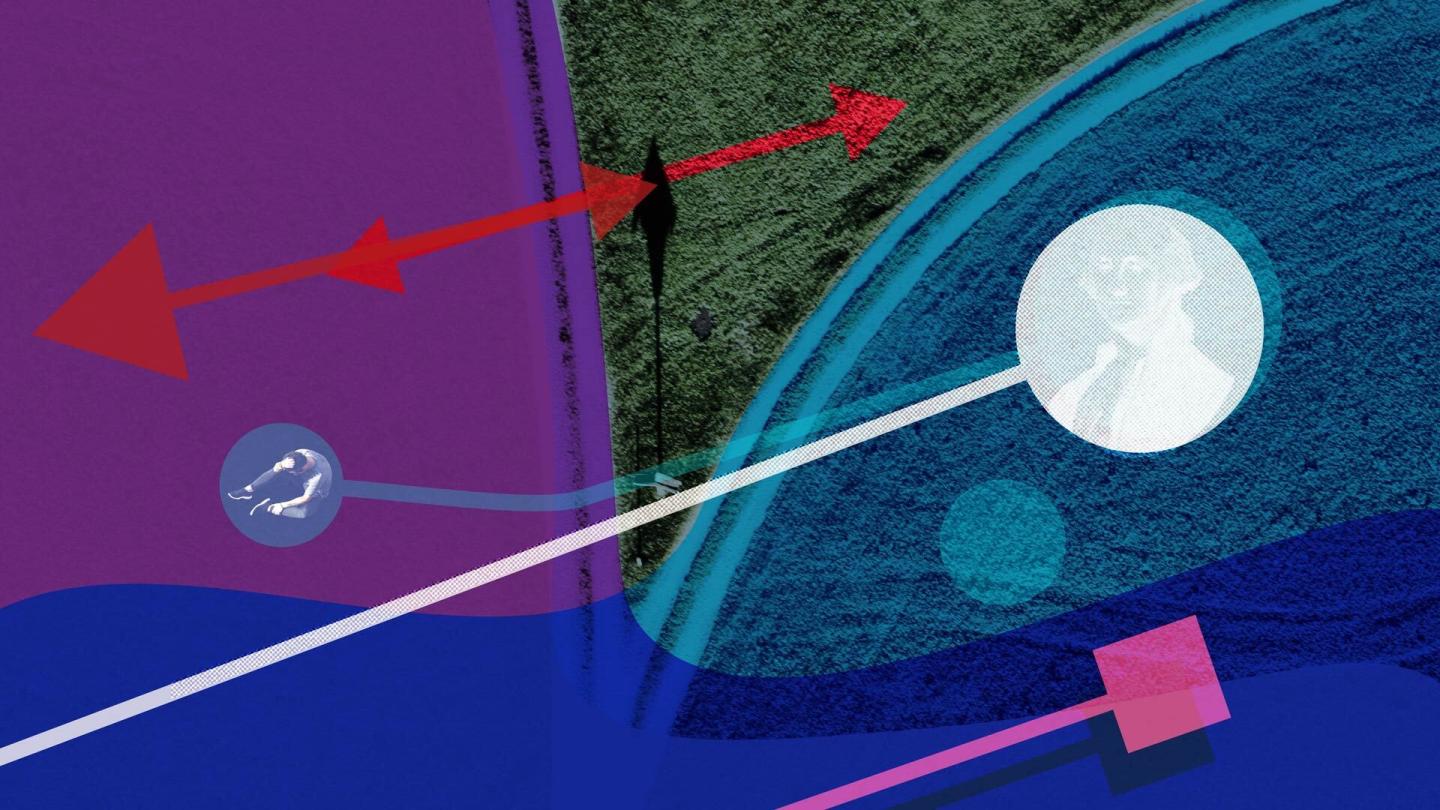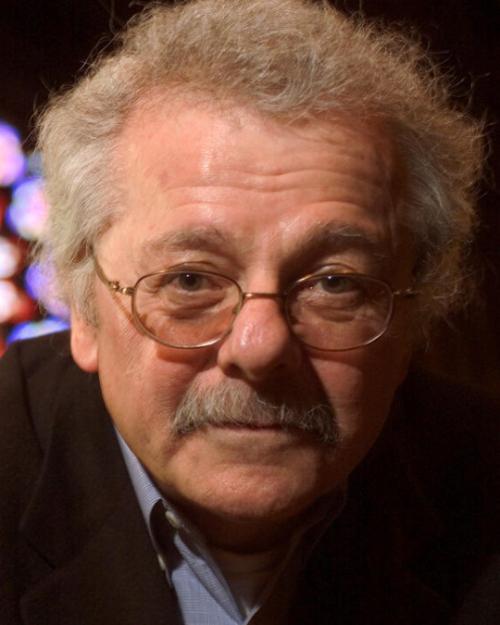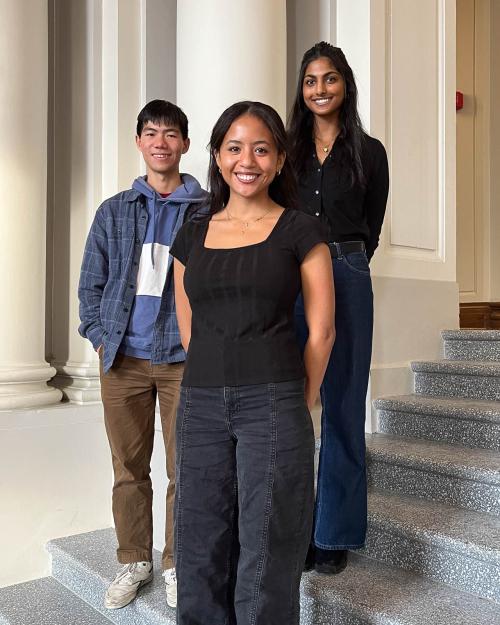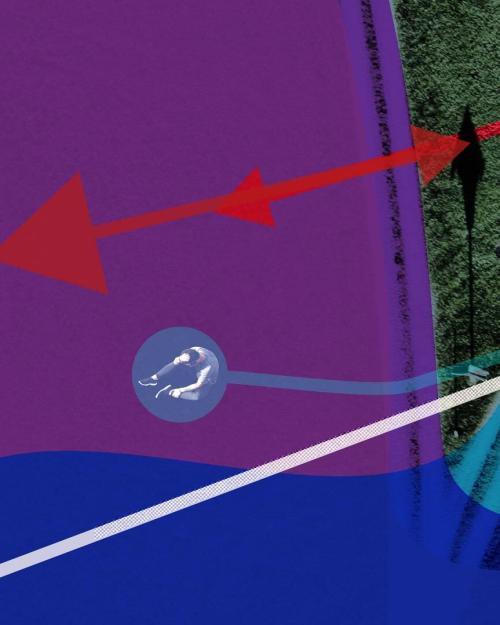Ever bought a monthly gym membership thinking it would make you go more often? Or chosen a health insurance policy with a lower deductible, even though the premium was much higher?
You’re not alone – and researchers in the field of behavioral economics are trying to understand why you do what you do.
Behavioral economics — which combines economic theory with psychology — was born at Cornell in the 1980s, when Johnson School Professor Richard Thaler noticed that popular economic models were way off when it came to predicting actual human behavior.
When it comes time to make a decision, Thaler found, people often veer from what they “should” do and do just the opposite, even if it seems irrational. There was something here that needed further study, he thought, so he turned to the field of psychology.
Today, many universities around the world have behavioral economists on their faculties, new terms crafted by behavioral economists appear in the top journals and the theories of behavioral economics are considered by many politicians, policymakers, marketers and business leaders as they make decisions.
“Behavioral economics now permeates the field of economics,” said Ted O’Donoghue, Zubrow Professor of Economics in the College of Arts & Sciences (A&S) and one of the directors of the Behavioral Economics and Decision Research Center (BEDR), created in 1989 at Cornell. The center features faculty from A&S, the Cornell SC Johnson College of Business, the College of Human Ecology, the ILR School and the Cornell Law School.
Behavioral economics has made the field much more interesting to non-economists, too, said Thomas Gilovich, the Irene Blecker Rosenfeld Professor of Psychology in the College of Arts & Sciences and another director of BEDR.
“The most popular economics podcasts today are disproportionately about behavioral economics,” he said. “The field took off for a reason: the average person doesn’t resonate with the idea of the ‘rational actor.’ It doesn’t fit the image of themselves or the people they hang out with.”
How the idea was sparked
The beginning of behavioral economics can be traced to a 1980 paper by Thaler — “Toward a positive theory of consumer choice” — which was at first difficult to get published because it was very much on the fringe at that time.
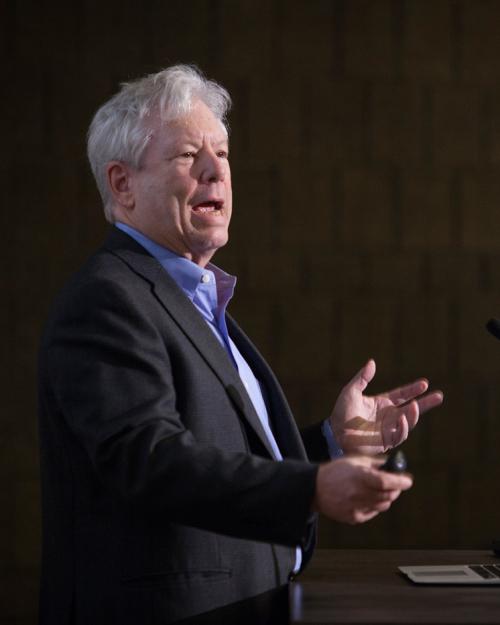
Written in nonacademic language, the paper laid out a sequence of examples of everyday behavior that clearly violated the standard economic theory of the time, which assumes that on average people's decisions are rational and based on their own self-interests.
“The genius of that paper was to find a dozen examples that everybody could recognize and see instantly were out of sorts with what the models predicted,” said Robert H.Frank, the Henrietta Johnson Louis Professor of Management Emeritus and professor of economics (SC Johnson College) and a longtime collaborator of Thaler’s.
“All economic theories start with the assumption that agents will choose the optimal solution to a problem,” Thaler said during a May 2024 presentation at Cornell. “Google maps is a good example of an economic model because it’s omniscient, considers all of the factors and gives you the optimal route. But what I’m interested in is the route that people actually take.”
Thaler is also credited with coining the term “the nudge,” a method of altering the way options are presented to people as a tool to encourage people to make more beneficial choices. In 2017, Thaler won the Nobel Memorial Prize in Economic Sciences for his contributions to the field. He is now the Charles R. Walgreen Distinguished Service Professor of Behavioral Science and Economics at the University of Chicago.
One of the courses Thaler taught at Cornell, managerial decision making, brings principles of behavioral economics into business environments. It’s now a standard popular elective at many of the top business schools and continues to be taught at Cornell.
Research papers also helped spread the ideas of behavioral economics across the academic world in the 1980s and Cornell economists shared their ideas about the emerging field at the Behavioral Decision Research in Management conference, which started at Cornell and has grown from 50 people in its early days to a biennial conference of around 500 participants. Cornell will again host that conference in 2026 at the Cornell Tech campus for its 40th anniversary. And Thaler helped found a two-week summer program at Cornell for graduate students and assistant professors from across the country, allowing then to explore the field.
“The behavioral economics circles that I know of are dominated by people who have gone to that camp,” Gilovich said.
At Cornell, behavioral economists teach courses not only in the College of Arts & Sciences, but also the SC Johnson College of Business, the College of Human Ecology, the Brooks School of Public Policy and the School of Industrial & Labor Relations. Courses cover topics such as behavioral finance, behavioral neuroscience, consumer behavior, public policy, behavioral economics, applied behavioral economics and decision making.
Impact throughout the field and the world
Since its inception, behavioral economics has been used hundreds of times by governments around the world to encourage better decision-making, in areas as diverse as COVID-19, health, personal finance, retirement savings, credit card debt, home mortgages, medical care, organ donation and climate change.
For example, just changing the name of the most affordable option under the Affordable Care Act — because people were reticent to sign up for a plan called “catastrophic” — reduced the number of uninsured people by 10 percent, Thaler said.
“Mainstream economists think a lot about interventions, providing information or using taxes or subsidies to steer people in a healthier direction,” said Michèle Belot, the Frances Perkins Professor of Industrial and Labor Relations and professor of economics at Cornell. “But reading the literature in behavioral economics makes you think that maybe there are some other obstacles, other than price and lack of information, that affect why people don’t manage to adopt healthier lifestyles.”
Belot joined Cornell in 2020 in part because of the university’s role in the behavioral economics research community. As a labor economist, she has a joint appointment in the School of Industrial Relations and the College of Arts & Sciences and she studies policies and their impacts in the areas of labor and health, including job search matching and the problem of obesity.
Using behavioral economics principles, her research team designed pilot programs that delivered healthy food and tasty recipes including new fruits and vegetables to families for three months. They’ve seen encouraging results of lower body mass index numbers in these children, after following the families for three years.
“We have a lot of solid evidence in behavioral economics about what we’ve been doing wrong in the policy arena,” she said. “Now we’re working to apply these insights to design interventions that can help people overcome the challenges of sticking to a healthy plan.”
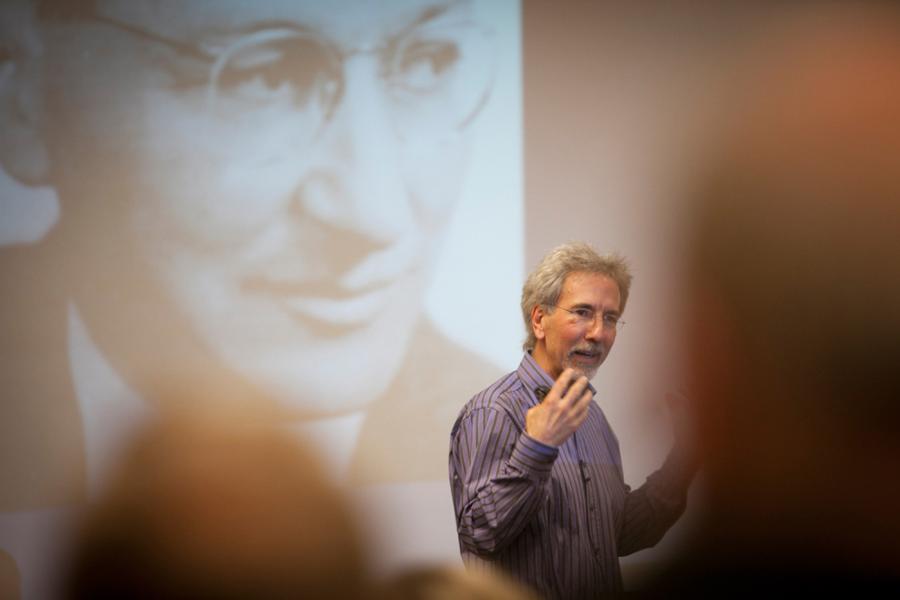
Gilovich’s work, including the popular book “The Wisest One in the Room,” which he co-wrote with Lee Ross, offers key insights into the ways that social psychology can be useful in any field or career, including economics.
“If you’re the head of a company and have a problem, economics often has some tools for solving it, but you also might want a behavioral economist to help you think through how the solution will be understood and received by those it affects,” he said. “Managers know they need to hire people to do the calculations, but they may not realize they also need someone to help them anticipate how a company’s employees, customers, or the general public will react to whatever policy those calculations produce.”
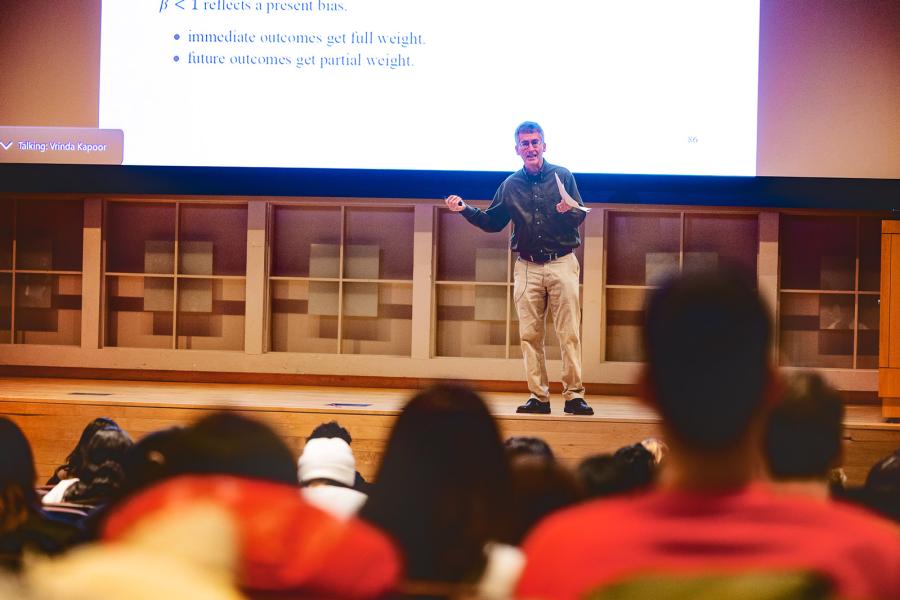
Cornell students have also embraced the chance to use these strategies to help in their own lives. A class, Better Decisions for Life, Love and Money, taught by BEDR directors, fills the 700-seat Statler Auditorium every spring. The professors began the course as a way to give students better tools for decision-making than they themselves had as college students.
The impact of Cornell’s research in behavioral economics and decision-making can also be seen in economics departments around the world.
Amit Kumar Ph.D. ‘15, assistant professor of marketing at the University of Delaware’s Lerner College of Business & Economics, chose Cornell as his grad school because of its reputation for behavioral economics.
“I was drawn to Cornell because of its history of interdisciplinary work,” he said. “And because of the history of the Cornell program, there’s this entire network of people you interact with all of the time who have been connected to the program in some way.”
Kumar worked with Gilovich while at Cornell, and the two published a frequently-cited study about happiness that built on Gilovich’s research showing that experiences provide more happiness and satisfaction for people than the purchase of material goods. Kumar continues to study happiness in a variety of contexts related to business and marketing. He also researches the impact of positive social relationships on happiness.
People want to do well, economically, but also want to do the right thing morally and ethically, he said. “Doing good tends to feel good and yet often when we have decisions in front of us, we don’t make the decision to do good. However, research shows that doing good doesn’t just feel good, it feels surprisingly good.”
Student demand for courses that combine psychology and marketing is high, Kumar said.
“What’s appealing to a lot of students is that behavioral science takes a hard science approach to soft skills,” he said. “You can conduct experiments and collect data to find out how to be a better leader.”
The impacts of AI and tech
As data sets explode and AI offers additional ways to “nudge” people’s behaviors, behavioral economists see opportunities for new areas of research and policy impacts.
In Belot’s research related to finding quality job matches, for example, researchers can create algorithms that relate job satisfaction to data such as employee happiness, wages, skills gained, job performance and longevity.
“We’re very excited about the potential that new technology may bring,” she said. “We could ask people what their ideal job is and then match that with other data to tell them that what they’re looking for could be found with this employer or in this position.”
And Kumar said behavioral economists are also studying both the benefits and the drawbacks of technological changes for individuals.
“There is a lot of promise from the tools, but also there are costs,” he said. “Behavioral scientists can find out how people think about the tools and develop better ways to use them.”
This interdisciplinary work is one reason many of today’s researchers chose the field.
“What is nice about it is that it’s related to so many different aspects of life because it’s about human behavior,” Belot said. “It’s very easy to engage people because we’re talking about their daily decisions.”
“The joy we get in thinking about the quirks of the mind, including our own minds, is infectious,” Gilovich said.
